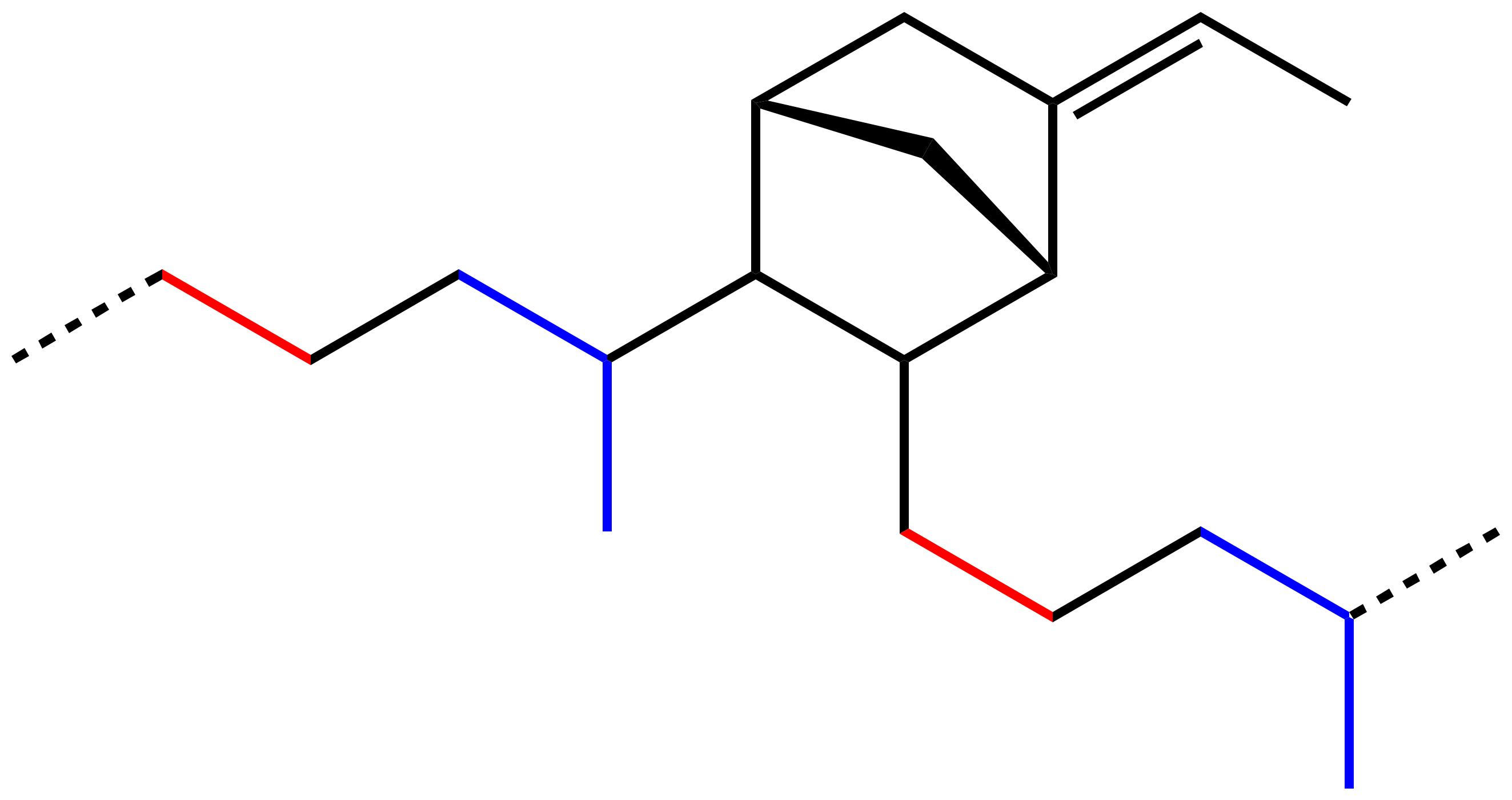|
Inflatable Seal
An inflatable seal is a type of rubber seal that inflates and deflates based on the presence of an inflation source. This allows the seal to accommodate a variable sealing gap. When pressure is applied internally to the seal, it inflates to conform to uneven surfaces and provides a reliable barrier from moisture, damp and other contaminants. How It Works An inflatable seal can be moulded into a concave, flat or convoluted configuration. Once an inflatable medium is placed between the seal and the force, the seal expands and rounds out to create a firm barrier between a mounting and striking surface. The inflatable seal is uniquely designed to return to its original state once the source of inflation has been removed. This lets the technician move both the seal and the other object freely. Applications Inflatable seals can be utilized in an array of industries like electrical, environmental and the military to assist in the following applications to: # Squeeze to assist in th ... [...More Info...] [...Related Items...] OR: [Wikipedia] [Google] [Baidu] |
Seal (mechanical)
A seal is a device or material that helps join systems, mechanisms or other materials together by preventing leak, leakage (e.g. in a wikt:pumping, pumping system), containing pressure, or excluding contamination. The effectiveness of a seal is dependent on adhesion in the case of sealants and compression in the case of gaskets. The seals are installed in pumps in a wide range of industries including chemicals, water supply, paper production, food processing and many other applications. A stationary seal may also be referred to as a 'packing'. Seal types: *Induction sealing or cap sealing *Sealant, Adhesive, sealant *Bodok seal, a specialized gas sealing washer for medical applications *Bonded seal, also known as Dowty Group, Dowty seal or Dowty washer. A type of Washer (hardware), washer with integral gasket, widely used to provide a seal at the entry point of a screw or bolt *Bridgman seal, a piston sealing mechanism that creates a high pressure reservoir from a lower pressure ... [...More Info...] [...Related Items...] OR: [Wikipedia] [Google] [Baidu] |
EPDM
EPDM rubber (ethylene propylene diene monomer rubber) is a type of synthetic rubber that is used in many applications. EPDM is an M-Class rubber under ASTM standard D-1418; the ''M'' class comprises elastomers with a saturated and unsaturated compounds, saturated polyethylene chain (the M deriving from the more correct term polymethylene). EPDM is made from ethylene, propene, propylene, and a diene comonomer that enables crosslinking via sulfur vulcanization. Typically used dienes in the manufacture of EPDM rubbers are ethylidene norbornene (ENB), dicyclopentadiene (DCPD), and vinyl norbornene (VNB). Varying diene contents are reported in commercial products, which are generally in the range from 2 to 12%. The earlier relative of EPDM is EPR, ethylene propylene rubber (useful for high-voltage electrical cables), which is not derived from any diene precursors and can be crosslinked only using radical methods such as peroxides. As with most rubbers, EPDM as used is always compo ... [...More Info...] [...Related Items...] OR: [Wikipedia] [Google] [Baidu] |
Silicone
In Organosilicon chemistry, organosilicon and polymer chemistry, a silicone or polysiloxane is a polymer composed of repeating units of siloxane (, where R = Organyl group, organic group). They are typically colorless oils or elastomer, rubber-like substances. Silicones are used in sealants, adhesives, lubricants, medicine, cooking utensils, thermal insulation, and electrical insulation. Some common forms include silicone oil, silicone grease, grease, silicone rubber, rubber, silicone resin, resin, and Caulking, caulk. Silicone is often confused with one of its constituent elements, silicon, but they are distinct substances. Silicon is a chemical element, a hard dark-grey semiconductor, semiconducting metalloid, which in its crystalline form is used to make integrated circuits ("electronic chips") and solar cells. Silicones are compounds that contain silicon, carbon, hydrogen, oxygen, and perhaps other kinds of atoms as well, and have many very different physical and chemical ... [...More Info...] [...Related Items...] OR: [Wikipedia] [Google] [Baidu] |
Dacron
Polyethylene terephthalate (or poly(ethylene terephthalate), PET, PETE, or the obsolete PETP or PET-P), is the most common thermoplastic polymer resin of the polyester family and is used in fibres for clothing, containers for liquids and foods, and thermoforming for manufacturing, and in combination with glass fibre for engineering resins. In 2016, annual production of PET was 56 million tons. The biggest application is in fibres (in excess of 60%), with bottle production accounting for about 30% of global demand. In the context of textile applications, PET is referred to by its common name, polyester, whereas the acronym ''PET'' is generally used in relation to packaging. PET used in non-fiber applications (i.e. for packaging) makes up about 6% of world polymer production by mass. Accounting for the >60% fraction of polyethylene terephthalate produced for use as polyester fibers, PET is the fourth-most-produced polymer after polyethylene (PE), polypropylene (PP) and polyvinyl ... [...More Info...] [...Related Items...] OR: [Wikipedia] [Google] [Baidu] |
Kevlar
Kevlar (para-aramid) is a strong, heat-resistant synthetic fiber, related to other aramids such as Nomex and Technora. Developed by Stephanie Kwolek at DuPont in 1965, the high-strength material was first used commercially in the early 1970s as a replacement for steel in racing tires. It is typically spun into ropes or fabric sheets that can be used as such, or as an ingredient in composite material components. Kevlar has many applications, ranging from bicycle tires and sailcloth#Kevlar, racing sails to bulletproof vests, due to its high Specific strength, tensile strength-to-weight ratio; by this measure it is five times stronger than steel. It is also used to make modern marching drumheads that withstand high impact, and for Mooring, mooring lines and other underwater applications. A similar fiber, Twaron, with the same chemical structure was developed by Akzo in the 1970s. Commercial production started in 1986, and Twaron is manufactured by Teijin Aramid. History Poly- ... [...More Info...] [...Related Items...] OR: [Wikipedia] [Google] [Baidu] |
Nomex
Nomex is a trademarked term for an inherently flame-resistant fabric with meta-aramid chemistry widely used for industrial applications and fire protection equipment. It was developed in the early 1960s by DuPont and first marketed in 1967. The fabric is often combined with Kevlar to increase its resistance for breakage or tear. Properties Nomex and related aramid polymers are related to nylon, but have aromatic backbones, and hence are more rigid and more durable. Nomex is an example of a '' meta'' variant of the aramids (Kevlar is a '' para'' aramid). Unlike Kevlar, Nomex strands cannot align during filament polymerization and have less strength: its ultimate tensile strength is . However, it has excellent thermal, chemical, and radiation resistance for a polymer material. It can withstand temperatures of up to . Production Nomex is produced by condensation reaction from the monomers ''m''-phenylenediamine and isophthaloyl chloride. It is sold in both fiber and s ... [...More Info...] [...Related Items...] OR: [Wikipedia] [Google] [Baidu] |
Nylon
Nylon is a family of synthetic polymers characterised by amide linkages, typically connecting aliphatic or Polyamide#Classification, semi-aromatic groups. Nylons are generally brownish in color and can possess a soft texture, with some varieties exhibiting a silk-like appearance. As Thermoplastic, thermoplastics, nylons can be melt-processed into fibres, Thin film, films, and diverse shapes. The properties of nylons are often modified by blending with a variety of additives. Numerous types of nylon are available. One family, designated nylon-XY, is derived from diamines and dicarboxylic acids of carbon chain lengths X and Y, respectively. An important example is nylon-6,6 (). Another family, designated nylon-Z, is derived from amino acid, aminocarboxylic acids with carbon chain length Z. An example is nylon-[6]. Nylon polymers have extensive commercial applications, including uses in textiles and fibres (such as apparel, flooring and rubber reinforcement), molded components fo ... [...More Info...] [...Related Items...] OR: [Wikipedia] [Google] [Baidu] |



